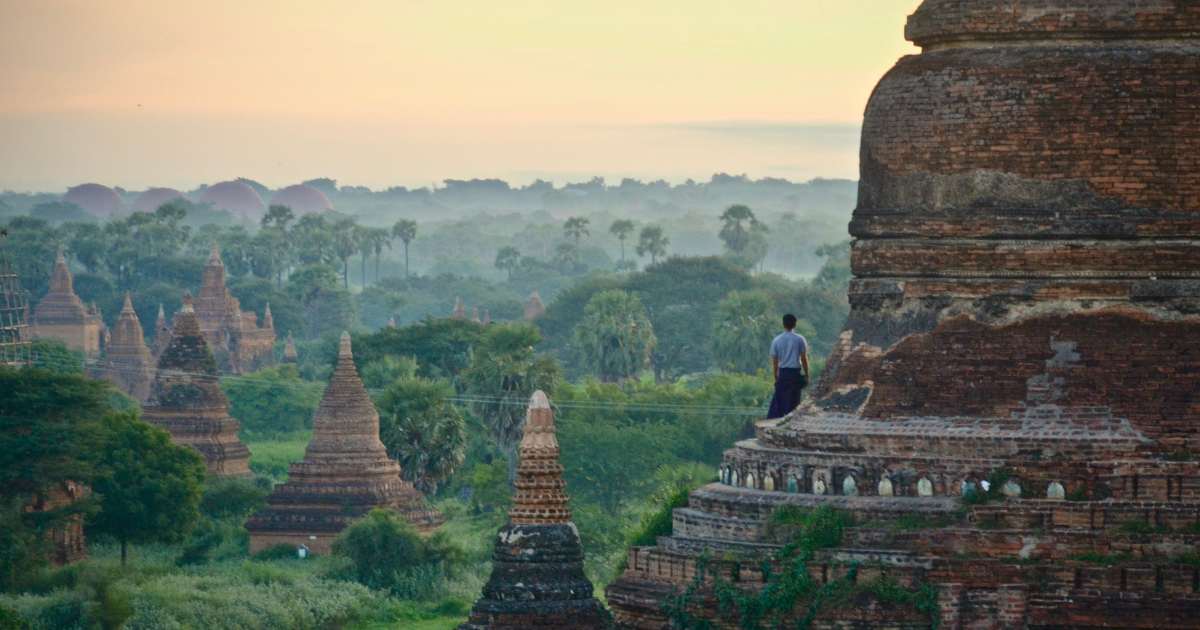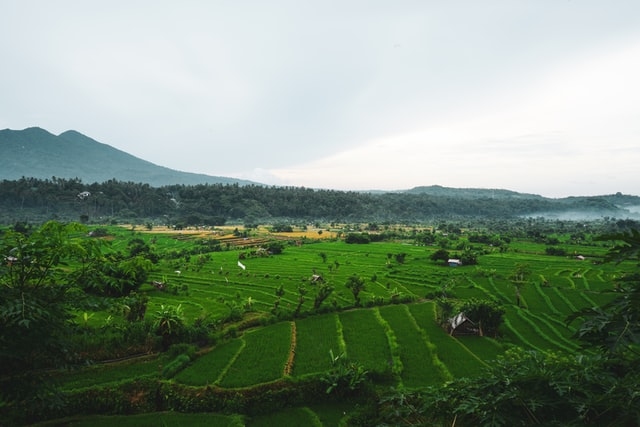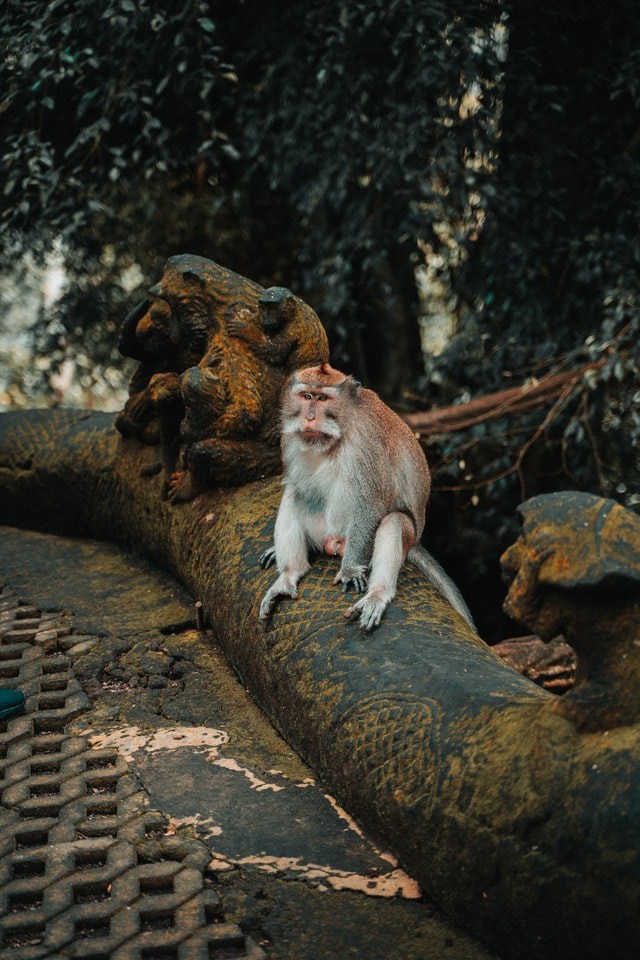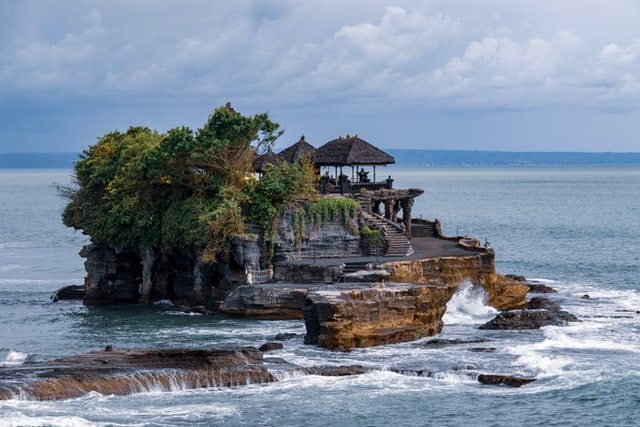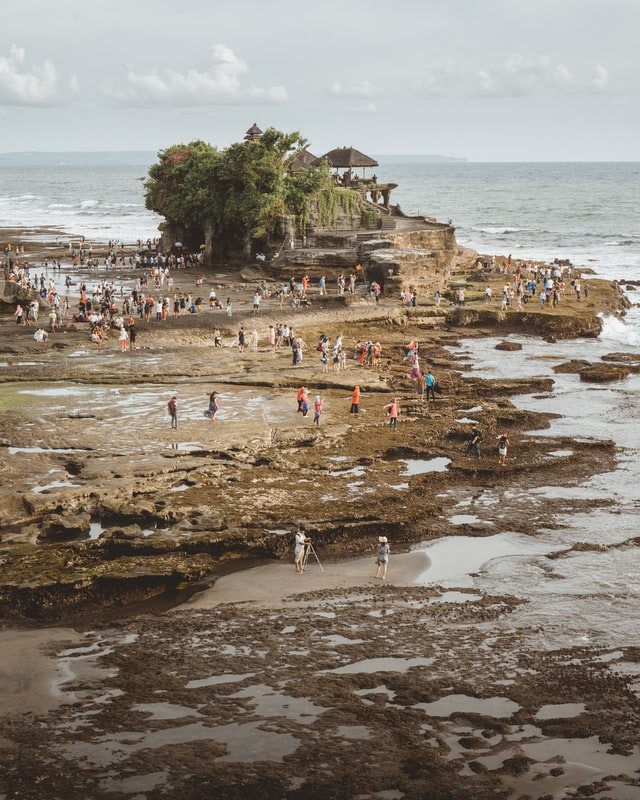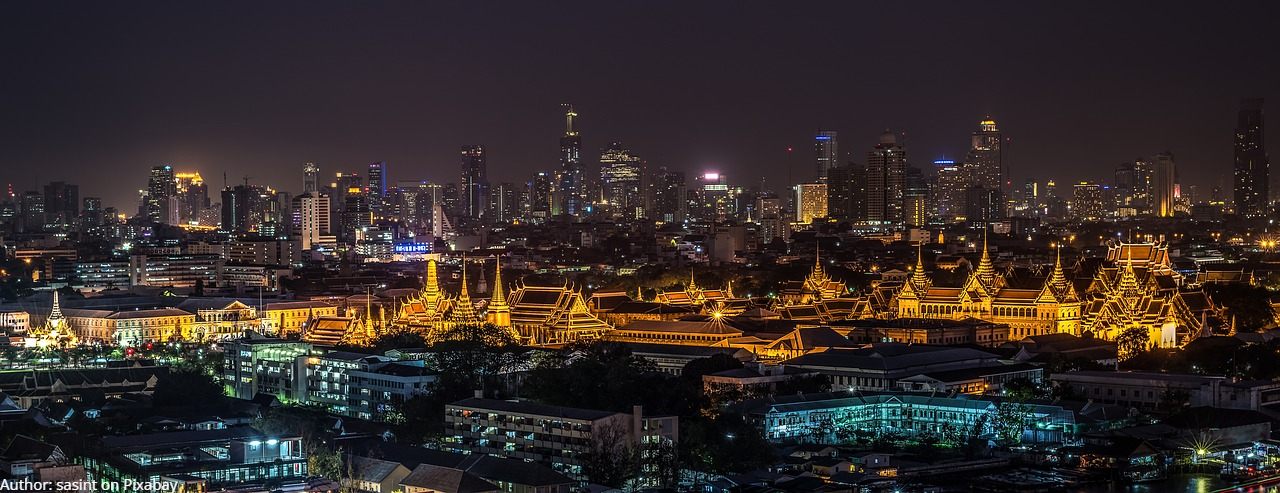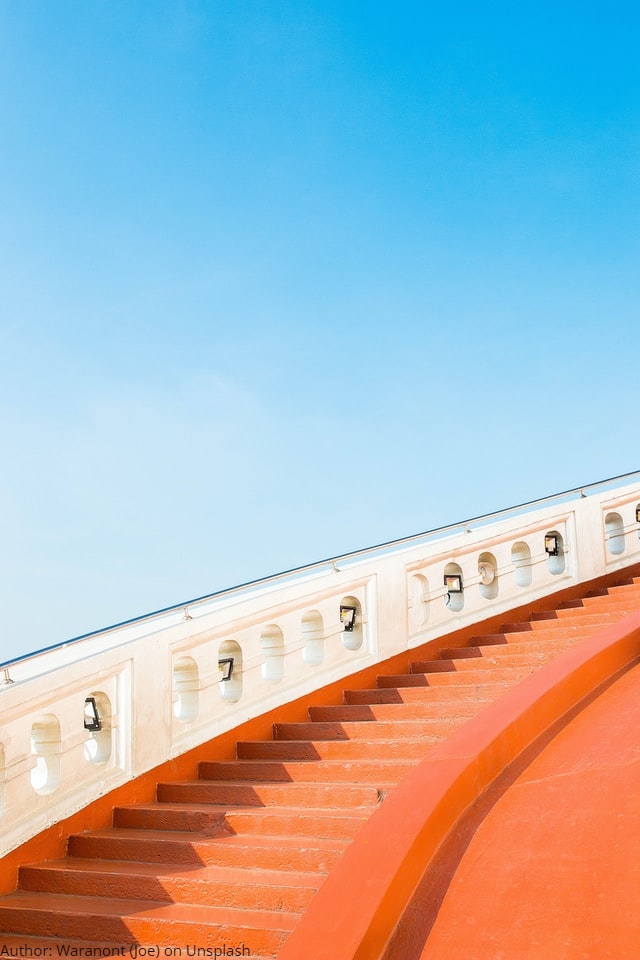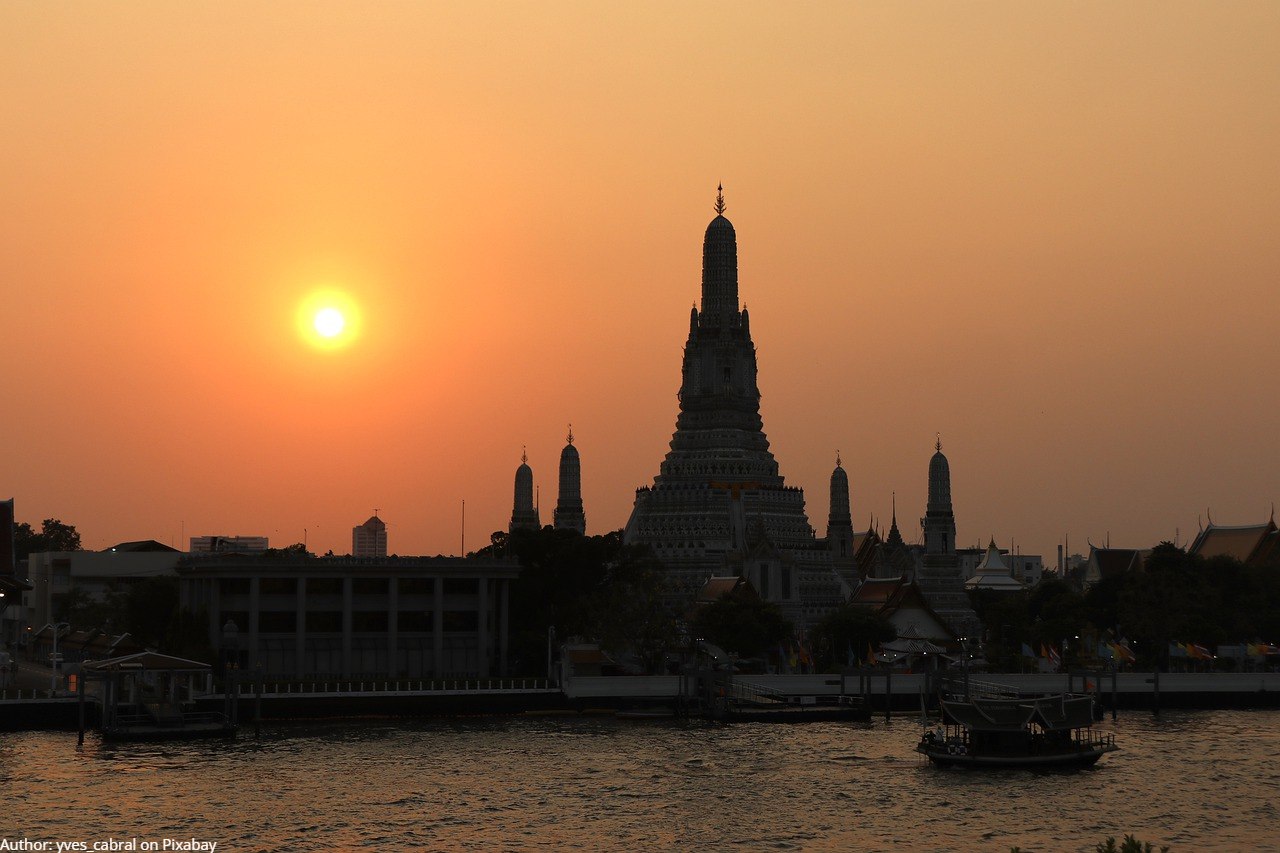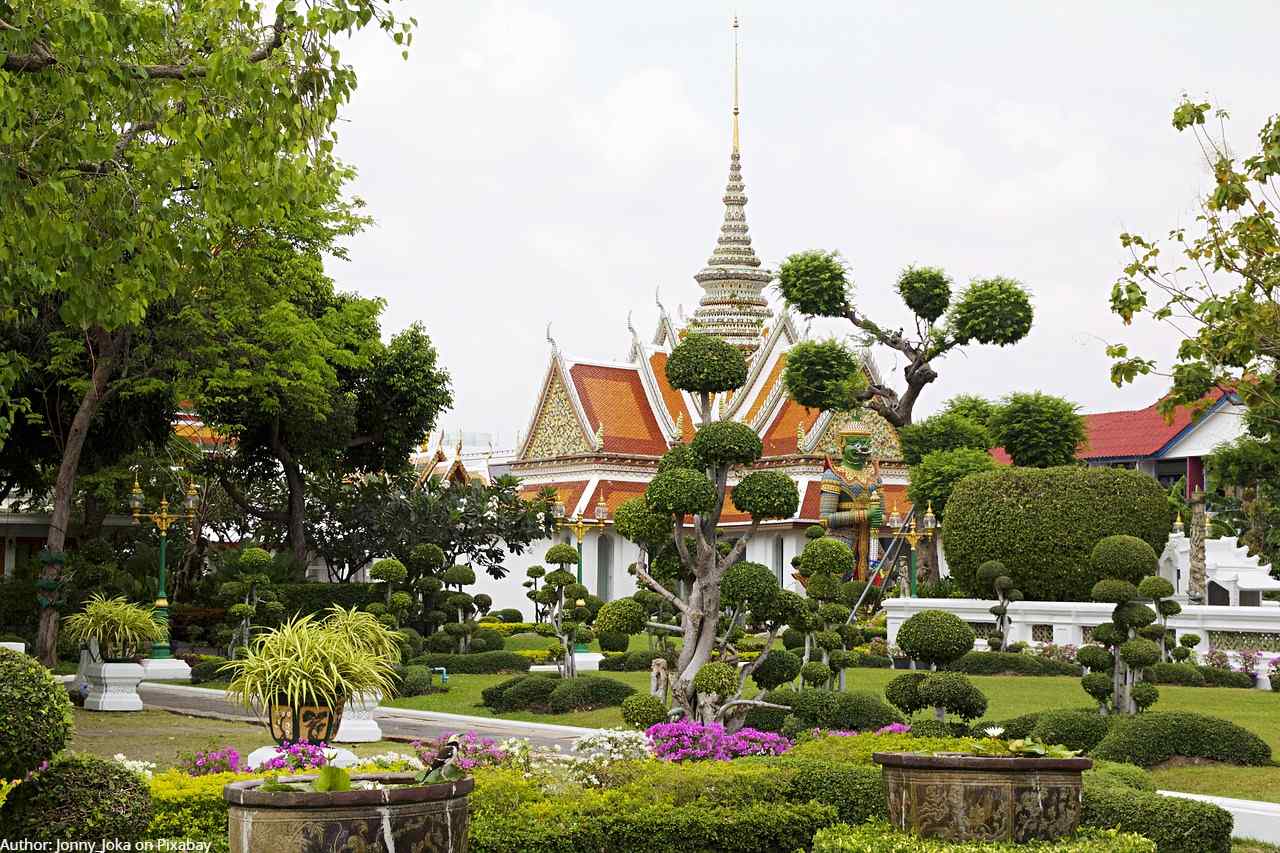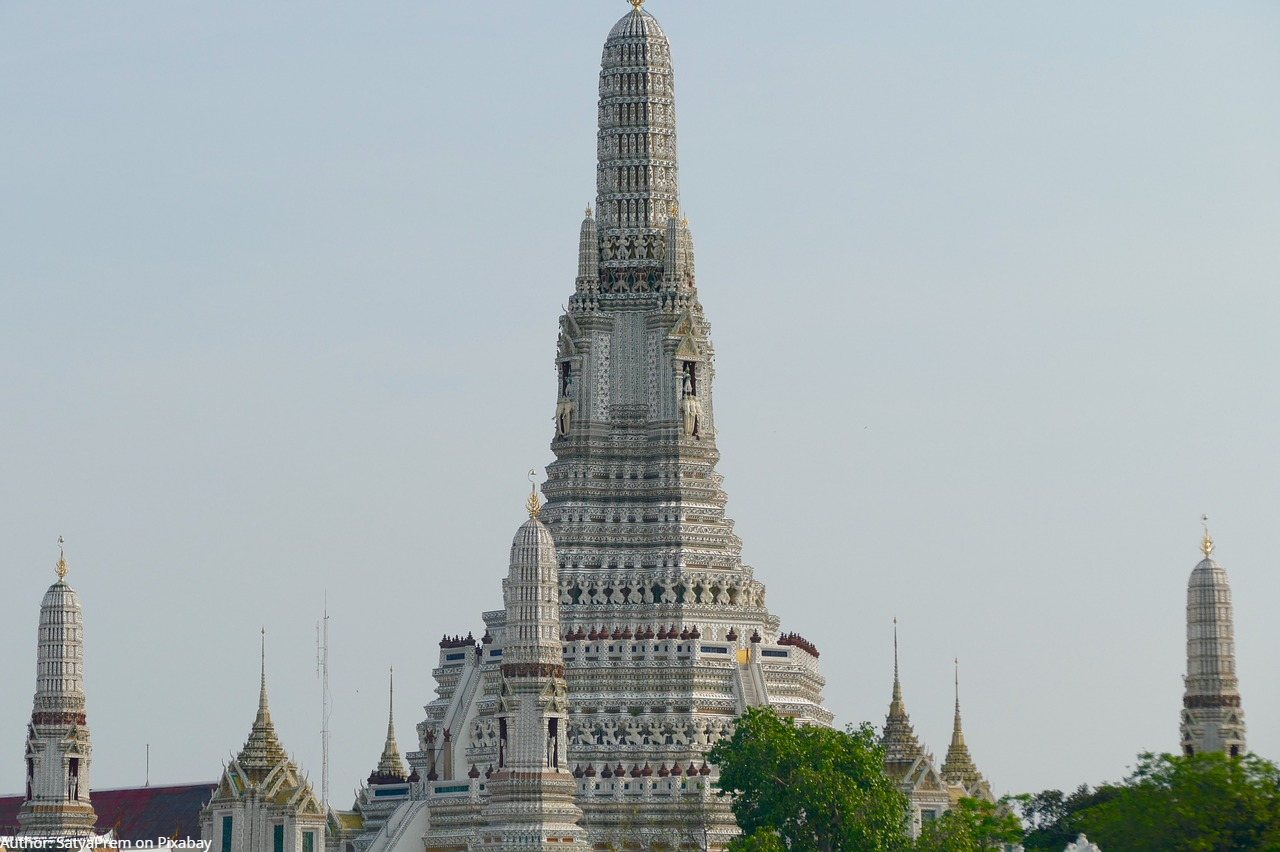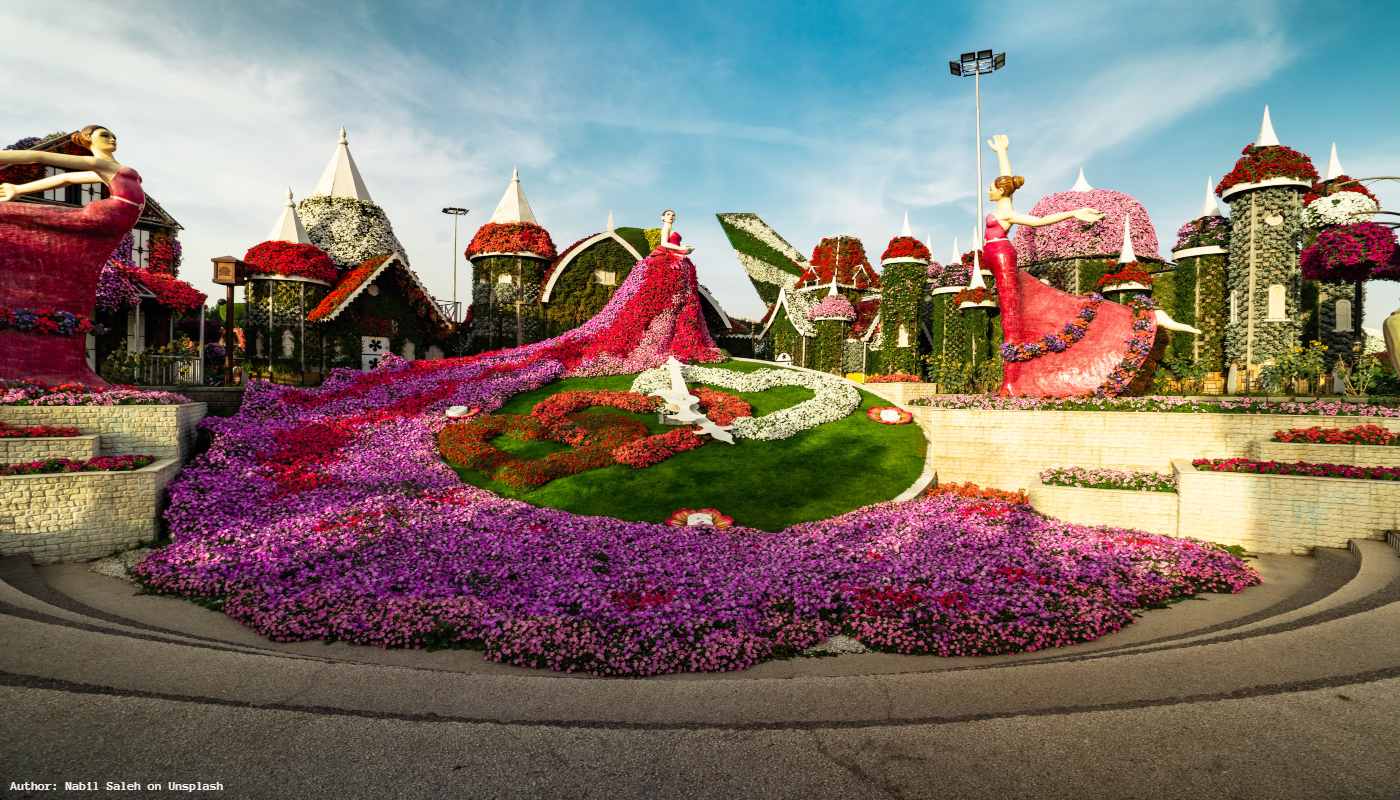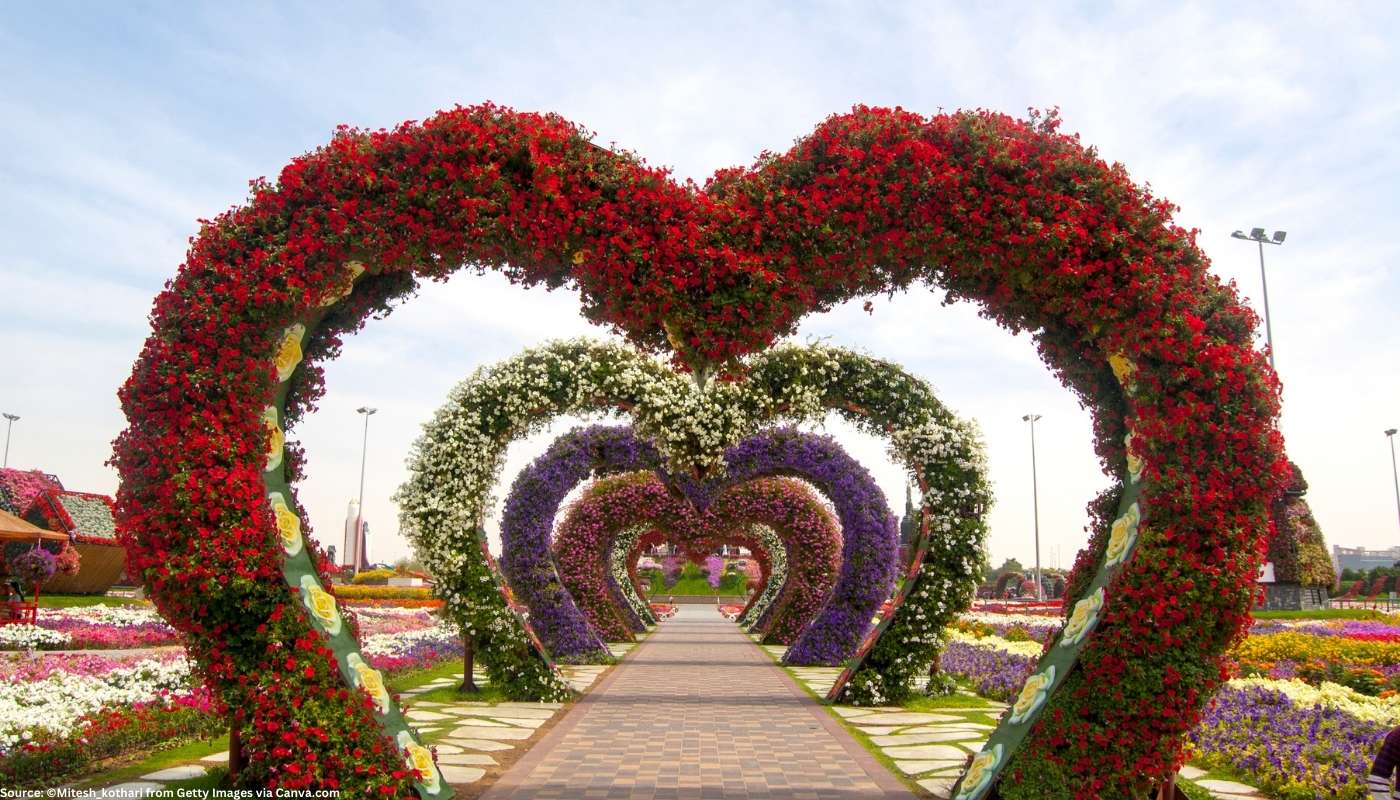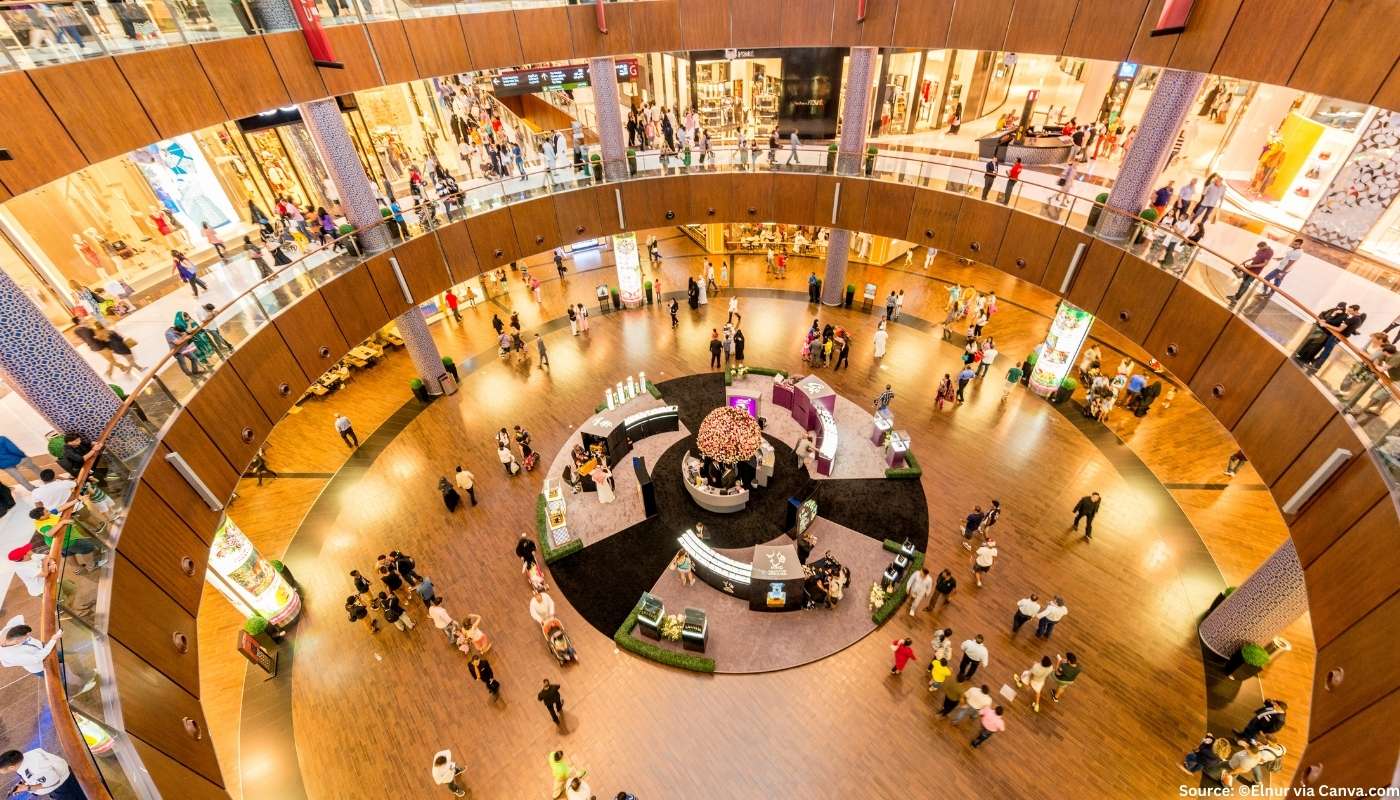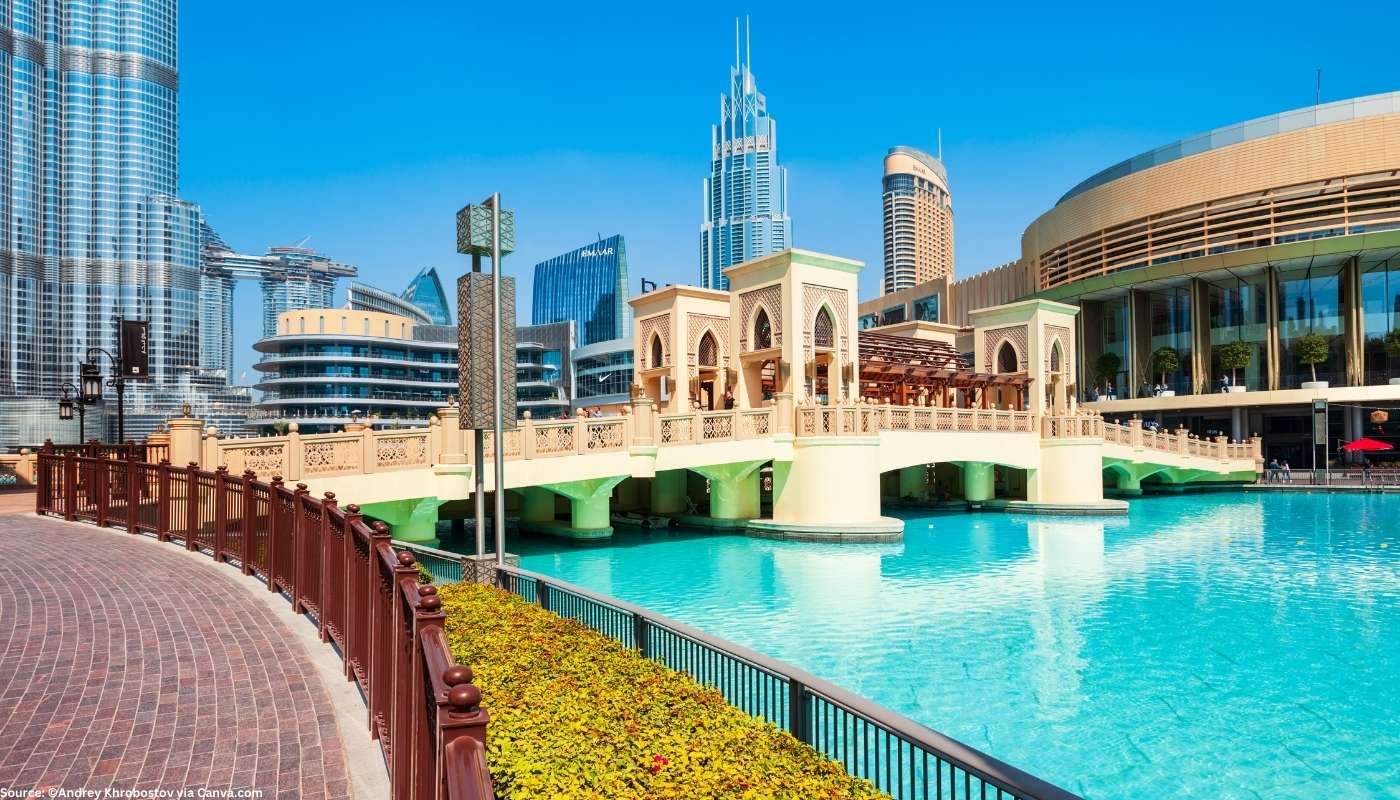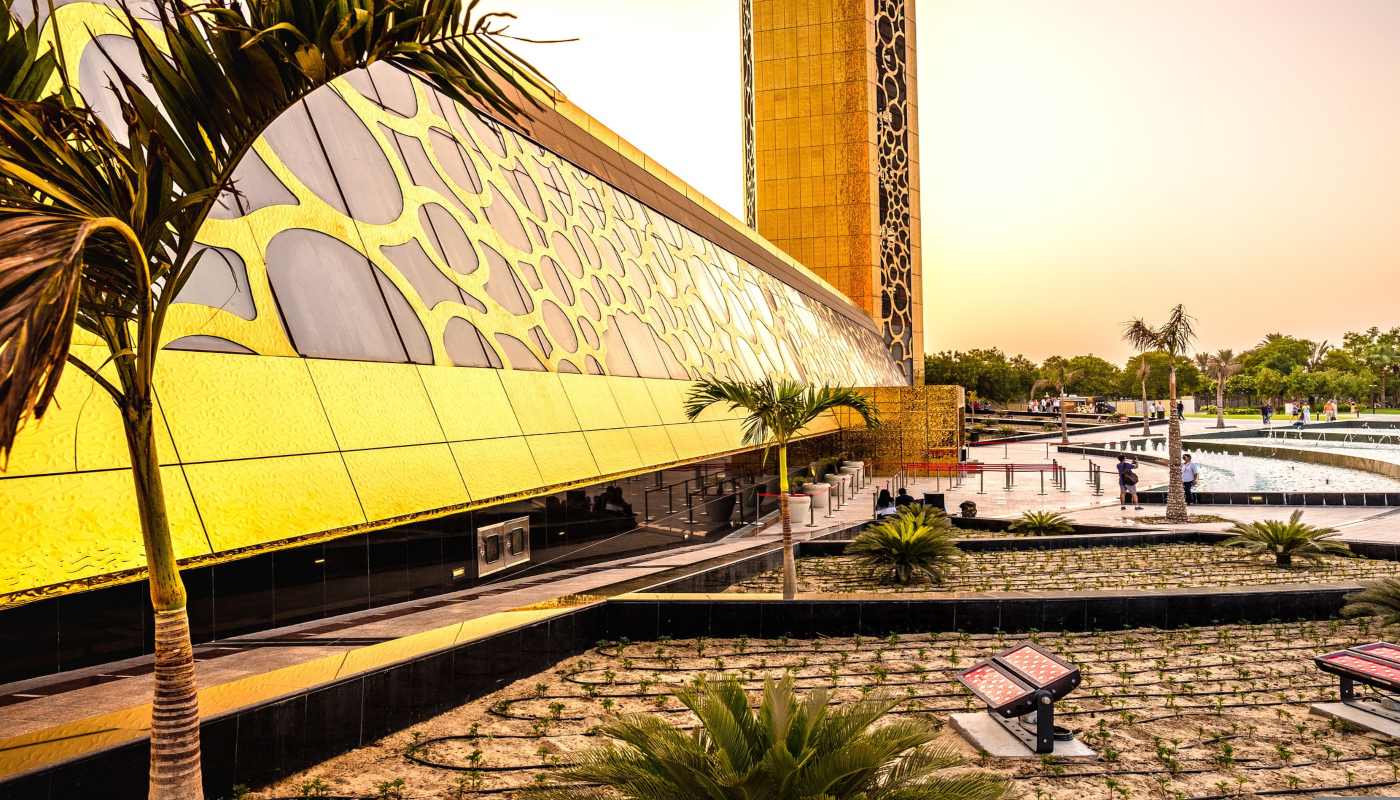Most famous attractions and experiences in Asia
Asia blends millennia of history, dramatic natural scenery, and fast-paced modern culture across one vast continent. Its headline attractions offer everything from ancient temples and archaeological sites to cutting‑edge skyscrapers and unforgettable natural vistas.
- The Great Wall (China) — an immense defensive structure and scenic walkway symbolizing Chinese history and engineering, with panoramic mountain views.
- Taj Mahal (India) — a Mughal architectural masterpiece of white marble, famed for its symmetry and romantic story.
- Angkor Wat (Cambodia) — one of the world’s largest religious monuments, renowned for its temple architecture and detailed bas-reliefs.
- Mount Fuji (Japan) — an iconic, sacred peak beloved for climbing, photography and as a backdrop to cherry blossom season.
- Ha Long Bay (Vietnam) — dramatic karst islands rising from emerald waters, perfect for cruises, kayaking and cave exploration.
- Borobudur (Indonesia) — the world’s largest Buddhist temple complex, offering intricate stupas and an unforgettable sunrise experience.
- Petra (Jordan) — the rock-carved city famed for the Treasury facade and its desert-worn ancient architecture.
- Petronas Towers (Malaysia) — a modern skyline icon demonstrating contemporary Asian design, with observation decks and a skybridge.
Natural attractions and wonders of Asia
Asia’s natural beauty spans towering mountain ranges and glaciers to tropical forests, waterfalls, and island coastlines. These diverse landscapes offer outdoor experiences for every type of traveler.
Mountains
- The Himalayas (Nepal, India, Bhutan) — home to the world’s highest peaks, offering trekking, high‑altitude expeditions and unrivaled mountain vistas. Best seasons: spring and autumn.
- Mount Fuji (Japan) — an iconic climb and photo subject, with the main climbing season in summer.
National Parks
- Kota Kinabalu & Borneo rainforests (Malaysia/Indonesia) — incredible biodiversity, birdwatching and canopy treks; visit in drier months.
- Kaziranga (India) — famous for the Indian rhinoceros and wildlife safaris; best viewed in the dry season.
Islands
- Maldives — turquoise lagoons and coral reefs ideal for diving and relaxation; best in the dry season (Nov–Apr).
- Okinawa, Jeju, Phuket — a mix of beaches, marine activities and local culture; best during warmer months.
Lakes & Rivers
- Lake Baikal (Russia) — the world’s deepest freshwater lake with pristine waters; frozen surface in winter is a unique attraction.
- The Mekong — river cruises, floating markets and rich riverside cultures; water levels vary with the monsoon.
Deserts & Waterfalls
- The Gobi & Arabian Desert — stark desert landscapes, 4x4 adventures and starry nights; spring and autumn are most comfortable.
- Jog Falls & Kuang Si — spectacular waterfalls that draw visitors for swimming, photography and nature walks during warmer seasons.
Cultural and historical attractions
Asia’s rich history and traditions are visible in its monuments, museums, old towns and festivals. Layers of cultural influence—ancient civilizations, colonial rule, religious traditions and modern arts—create a diverse cultural landscape.
Ancient Civilizations
- Mohenjo-daro & Harappa (Indus Valley) — archaeological sites shedding light on urban planning and life more than 4,000 years ago.
- Angkor (Cambodia) — a vast temple complex reflecting the religious and political evolution of Southeast Asia.
- Petra (Jordan) — rock‑cut city illustrating ancient trade networks and engineering skills.
Colonial Heritage
- Hoi An, Pondicherry, coastal towns — towns where colonial architectural styles blend with local traditions and crafts.
- George Town (Penang) — an example of British colonial town planning fused with Chinese and Indian cultural influences.
Art & Architecture
- Kyoto & Nara (Japan) — centers of traditional Japanese architecture, gardens and arts.
- Taj Mahal & Agra — exemplars of Mughal symmetry, craftsmanship and garden design.
- Museums in Tokyo & Shanghai — modern showcases of history, contemporary art and technological exhibits.
Religious Heritage
- Varanasi (India) — one of the world’s oldest continuously inhabited cities and a hub of Hindu ritual life.
- Shwedagon Pagoda (Myanmar) — a gilded shrine and focal point for Buddhist devotion and festivals.
- Borobudur & Javanese temples — Buddhist and Hindu monuments notable for sculpture, pilgrimage and ceremonies.
Seasonal attractions and events
Asia’s seasonal variations and wide climate zones mean each season brings distinct highlights — from cherry blossom festivals to ice sculpture shows and monsoon-driven cultural events. Timing your visit to the season enhances what you’ll see and do.
Spring & Summer
- Spring — Cherry blossoms (Japan, South Korea) — iconic displays of color with hanami (flower‑viewing) gatherings and festivals.
- Summer — Mountain trekking (Himalayas, Japan) — prime season for high‑altitude trails and alpine scenery; prepare for variable weather.
- Summer — Monsoon festivals and harvest rites (South & Southeast Asia) — seasonal religious and agricultural celebrations often featuring music and parades.
Autumn & Winter
- Autumn — Fall foliage (Japan, Korea, China) — vivid leaf colors and cooler touring conditions ideal for sightseeing.
- Winter — Harbin Ice Festival & winter sports (China, Japan) — enormous ice sculptures, snow festivals and excellent skiing opportunities.
- Winter holidays & New Year celebrations — seasonal markets, light displays and cultural events across major cities.
- Seasonal wildlife phenomena — bird migrations and other animal movements that attract nature watchers in specific regions.
Family-friendly and educational attractions
Asia offers many family attractions that combine fun and learning — perfect for trips with children. Interactive museums, aquariums and parks provide hands‑on experiences for all ages.
- Science & technology museums (e.g., Miraikan, Tokyo) — interactive exhibits that spark curiosity about science and innovation.
- Major aquariums (Okinawa Churaumi, S.E.A. Aquarium Singapore) — educational programs on marine life with close‑up displays.
- Botanical gardens & zoos (Singapore Botanic Gardens, Singapore Zoo) — teach biodiversity through guided tours and workshops.
- Theme parks (Tokyo Disneyland, Universal Studios Japan) — family entertainment with educational shows and cultural tie‑ins.
- Safari parks & wildlife reserves — guided safaris that offer lessons about conservation and animal behavior.
- Cultural centers & hands‑on workshops — craft, cooking and dance classes adapted for children.
- Children’s museums & interactive exhibits — play‑based learning spaces with multilingual programming.
Tips for exploring and planning visits
Planning travel across Asia means accounting for climate, transport and local customs. Good preparation makes it easier to enjoy each region to the fullest.
- Check the best seasons — Asia’s climates vary widely; research dry seasons, monsoons and winter conditions for your destinations.
- Visas & passport requirements — verify visa rules, entry requirements and passport validity well before travel.
- Buy tickets online in advance — reserve entry to popular attractions ahead of time to avoid crowds and secure preferred slots.
- Opening hours & holidays — museums and sites may change hours during religious holidays and festivals.
- Intercity transport options — compare flights, trains and buses; high‑speed rail or short flights are often the fastest for long distances.
- Safety & health — check recommended vaccinations, bring a travel medical kit and follow local safety guidance.
- Clothing & cultural respect — pack modest clothing for religious sites and follow local etiquette.
- Local guides & tours — guides add context, history and access to lesser‑known spots.
- Photography etiquette — ask permission before photographing people or restricted sites.
- Money & tipping — carry a mix of cash and cards; tipping customs differ between countries.
- Recommended apps — use maps (Google Maps), translators (Google Translate), booking apps and Rome2rio for route planning.
- Stay flexible — allow buffer time for weather, transport delays or special events that can alter plans.

